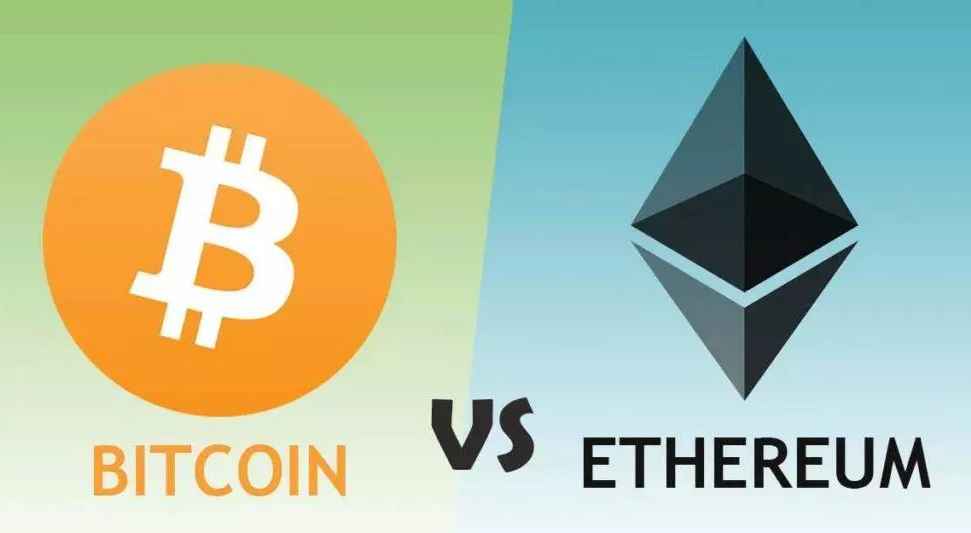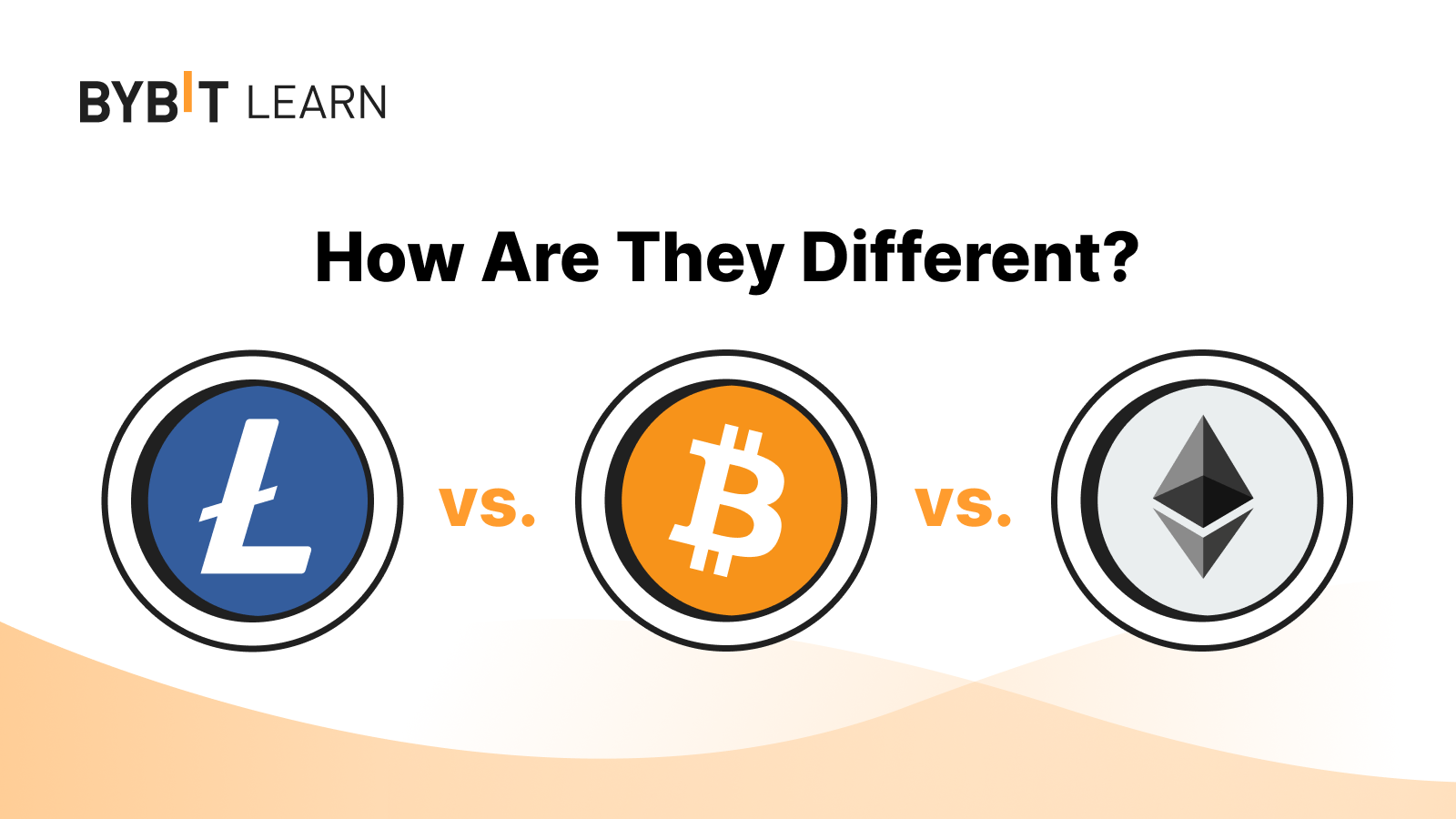Internet Service Provider Survey Questions
Understanding customer perspectives is crucial for internet service providers (ISPs) striving for excellence. This necessitates well-crafted surveys that delve into key areas like customer satisfaction, service reliability, pricing, and feature offerings. By analyzing responses, ISPs can identify strengths, weaknesses, and areas for improvement, ultimately enhancing their services and customer loyalty.
This exploration of effective internet service provider survey questions provides a framework for creating insightful questionnaires. We’ll examine various question types, explore best practices for phrasing questions to elicit honest and informative responses, and showcase how data analysis can drive strategic improvements within the ISP sector. The goal is to equip you with the knowledge to design surveys that yield actionable data leading to a better customer experience.
Customer Satisfaction with Internet Service
This section delves into key aspects of customer satisfaction related to internet service, focusing on speed, reliability, and customer service experiences. Understanding these factors is crucial for internet service providers to improve their offerings and maintain a loyal customer base.
Overall Satisfaction with Internet Speed
This section explores how to measure customer satisfaction regarding internet speed. A well-designed question can effectively gauge overall happiness with the service’s performance.
| Question | Question Type | Response Options | Purpose |
|---|---|---|---|
| On a scale of 1 to 5, with 1 being very dissatisfied and 5 being very satisfied, how would you rate your overall satisfaction with the speed of your internet service? | Likert Scale | 1 – Very Dissatisfied, 2 – Dissatisfied, 3 – Neutral, 4 – Satisfied, 5 – Very Satisfied | Measures overall satisfaction with internet speed. |
Advertised Speed vs. Actual Speed
This section focuses on assessing the discrepancy between advertised internet speed and the speed experienced by the customer. This is a critical factor influencing customer perception and satisfaction.
| Question | Question Type | Response Options | Purpose |
|---|---|---|---|
| Does the actual speed of your internet service consistently match the speed advertised by the provider? | Multiple Choice | Yes, No, Sometimes | Compares advertised speed with actual experienced speed. |
Customer Service Satisfaction
This section examines how to measure customer satisfaction with the provider’s customer service interactions. Positive experiences with customer service are vital for building trust and loyalty.
| Question | Question Type | Response Options | Purpose |
|---|---|---|---|
| How satisfied are you with the responsiveness and helpfulness of our customer service representatives? | Likert Scale | 1 – Very Dissatisfied, 2 – Dissatisfied, 3 – Neutral, 4 – Satisfied, 5 – Very Satisfied | Assesses customer satisfaction with customer service. |
Customer Loyalty
This section explores questions designed to measure the level of customer loyalty towards the internet service provider. Loyalty is a key indicator of long-term customer retention.
| Question | Question Type | Response Options | Purpose |
|---|---|---|---|
| How likely are you to recommend our internet service to a friend or family member? | Likert Scale | 1 – Very Unlikely, 2 – Unlikely, 3 – Neutral, 4 – Likely, 5 – Very Likely | Measures customer likelihood to recommend the service (Net Promoter Score – NPS). |
| How likely are you to continue using our internet service in the next 12 months? | Likert Scale | 1 – Very Unlikely, 2 – Unlikely, 3 – Neutral, 4 – Likely, 5 – Very Likely | Measures customer intent to continue using the service. |
Reliability and Performance of Internet Service
Understanding the reliability and performance of your internet service is crucial for gauging overall customer satisfaction. This section explores methods for effectively assessing these key aspects through survey questions, focusing on outage frequency, duration, impact, and provider response time. The goal is to collect data that provides actionable insights for service improvement.
Frequency of Internet Outages
To assess the frequency of internet outages, survey questions should offer a clear range of options reflecting varying experiences. Using a scale allows for easy data analysis and identification of trends. The options should cover a spectrum from “never” to “multiple times per week,” providing sufficient granularity to capture the diversity of customer experiences. An example would be: “Over the past three months, how often have you experienced complete internet outages?” followed by response options like: Never, Less than once a month, 1-3 times per month, 1-3 times per week, More than 3 times per week.
Duration of Internet Outages
Measuring the duration of outages provides valuable context to the frequency data. Providing specific time ranges allows for more precise data collection. Open-ended questions, while offering flexibility, can be challenging to analyze. Structured response options are preferred. For example: “When you have experienced an internet outage, how long did it typically last?” Possible response options include: Less than 30 minutes, 30 minutes to 1 hour, 1-3 hours, 3-6 hours, More than 6 hours.
Impact of Internet Outages on Daily Activities
Understanding the impact of outages on customers’ daily lives helps prioritize service improvements. Questions should explore the disruption to work, entertainment, communication, and other essential activities. For instance: “How significantly did recent internet outages impact your daily activities?” Options could range from: Not at all, Slightly, Moderately, Significantly, Extremely.
Provider Response Time to Reported Outages
Evaluating the provider’s response time to reported outages is essential for assessing customer service quality. The question should focus on the time taken to resolve the issue after reporting it. A question like: “On average, how long did it take for the provider to resolve your reported internet outages?” with response options such as: Less than 1 hour, 1-3 hours, 3-6 hours, 6-12 hours, More than 12 hours, would be effective.
Relationship Between Outage Frequency and Customer Satisfaction
A visual representation of the relationship between outage frequency and customer satisfaction could be a simple scatter plot. The x-axis would represent outage frequency (e.g., number of outages per month), and the y-axis would represent customer satisfaction scores (e.g., on a scale of 1 to 10). Each point on the graph would represent a customer, with its position determined by their reported outage frequency and satisfaction score.
A negative correlation would be expected, showing that as outage frequency increases, customer satisfaction tends to decrease. For example, a point at (2, 8) would indicate a customer experiencing two outages per month and reporting a satisfaction score of 8. A cluster of points in the lower-right quadrant would suggest a group of customers with frequent outages and low satisfaction.
Pricing and Value for Money
Understanding customer perceptions of pricing and value is crucial for internet service providers (ISPs). A competitive price point is essential, but equally important is the customer’s feeling that they are receiving fair value for their money. This section explores the factors influencing this perception and how to effectively measure it through surveys.Pricing plans vary significantly between ISPs. For example, let’s consider three hypothetical providers: “QuickNet,” “StreamLine,” and “ConnectAll.” QuickNet might offer a basic 50 Mbps plan for $40/month, a mid-range 100 Mbps plan for $60/month, and a premium 250 Mbps plan for $80/month.
StreamLine, in contrast, might have a slightly higher base price but include additional features like a bundled streaming service, while ConnectAll might focus on lower prices with potentially slower speeds and limited data caps. These differences highlight the complexity of comparing plans and the need to understand customer priorities.
Measuring Perceived Value Compared to Cost
A survey question measuring perceived value should directly address the customer’s assessment of the service relative to its price. A good approach would be to use a rating scale. For example: “Considering the price you pay, how would you rate the overall value you receive from our internet service?” This could be followed by a 5-point Likert scale ranging from “Very Poor Value” to “Excellent Value.” This allows for a quantitative measure of customer satisfaction while directly linking it to the cost.
Factors Influencing Perception of Value for Money
Several factors significantly influence a customer’s perception of value. These include the advertised speed and reliability of the service, the level of customer support provided, the availability of extra features (such as bundled services or security software), and the overall brand reputation of the ISP. A customer who experiences frequent outages or slow speeds is far less likely to perceive value, even if the price is low.
Conversely, a reliable service with excellent customer support might be viewed as a good value even at a higher price point.
Transparency in Pricing and its Impact on Customer Satisfaction
Transparency in pricing is paramount. Hidden fees, complicated pricing structures, or unclear contract terms can significantly erode customer trust and satisfaction. Customers appreciate upfront and clear pricing information, avoiding unexpected charges. This includes clearly stating all fees, including installation costs, equipment rental fees, and any data usage overage charges. Transparency fosters a positive customer experience and builds loyalty.
Factors Customers Consider When Evaluating Internet Service Pricing
It is vital to understand the specific elements customers weigh when evaluating internet service pricing. The following factors frequently influence their decision:
- Monthly cost of the plan
- Download and upload speeds offered
- Data caps or limits
- Contract length and terms
- Availability of bundled services (TV, phone)
- Customer support reputation and responsiveness
- Overall reliability and performance of the service
- Presence of hidden fees or charges
- Promotional offers or discounts
Features and Services Offered
This section explores customer satisfaction with the range of features and services provided, beyond basic internet access. Understanding customer perceptions of these additional offerings is crucial for improving service packages and attracting new subscribers. We will examine customer satisfaction with bundled services and technical support, assess the relative importance of various features, and evaluate the effectiveness of our technical support processes.
Customer Satisfaction with Additional Features
The following statements represent the survey questions designed to gauge customer satisfaction with additional features offered alongside internet service. These statements aim to capture both positive and negative experiences to provide a comprehensive understanding of customer perception. Specific ratings scales (e.g., 1-5 stars, very satisfied to very dissatisfied) would be incorporated into the actual survey.* Customers expressed satisfaction with the range of bundled services offered, such as television packages and home phone lines.
- Customers rated the ease of managing bundled services as convenient and straightforward.
- Customers found the technical support provided to be helpful and responsive in resolving issues with additional features.
- Customers felt that the value proposition of bundled services was competitive compared to other providers.
- Customers believed that the additional features enhanced their overall internet service experience.
Importance of Internet Service Features
This statement reflects the question aimed at determining the relative importance customers place on different internet service features. Understanding these priorities allows the provider to tailor service offerings and marketing strategies effectively. A ranking system, allowing customers to prioritize features, would be used in the actual survey.* Customers ranked the speed and reliability of internet service as their top priorities, followed by customer support responsiveness, then additional features such as bundled services.
Effectiveness of Technical Support
These statements summarize the survey questions designed to evaluate the effectiveness of the provider’s technical support. The aim is to identify areas for improvement and ensure customer satisfaction with the support provided. A rating scale (e.g., 1-5 stars, very effective to very ineffective) would be used.* Customers found the technical support staff to be knowledgeable and helpful in resolving their issues.
- Customers rated the accessibility of technical support (phone, online chat, email) as convenient and readily available.
- Customers reported that their technical support issues were resolved efficiently and effectively.
- Customers felt that the technical support staff communicated clearly and professionally throughout the resolution process.
- Customers indicated that the wait times for technical support were reasonable and acceptable.
Comparison of Features Offered by Different Internet Service Providers
The following table presents a hypothetical comparison of features offered by different internet service providers. Data in the Customer Rating column is based on hypothetical survey data and represents an average customer rating (on a scale of 1-5 stars). Note that actual ratings will vary based on the specifics of the provider and customer experiences.
| Provider | Feature | Description | Customer Rating |
|---|---|---|---|
| Provider A | High-Speed Internet | Fiber optic internet with speeds up to 1 Gbps | 4.5 |
| Provider A | Bundled TV Package | Basic cable television package included with internet | 4.0 |
| Provider B | High-Speed Internet | DSL internet with speeds up to 50 Mbps | 3.5 |
| Provider B | Technical Support | 24/7 phone and online chat support | 4.2 |
| Provider C | High-Speed Internet | Cable internet with speeds up to 300 Mbps | 3.8 |
| Provider C | Streaming Service Bundle | Subscription to popular streaming services included | 4.7 |
Internet Service Provider Quotes and Comparisons
Choosing the right internet service provider (ISP) can significantly impact your online experience. A thorough comparison of quotes is crucial to ensure you’re getting the best value for your money and avoiding unexpected costs. Failing to do so could lead to paying more than necessary for a service that doesn’t meet your needs.
The Importance of Comparing ISP Quotes
Comparing quotes from different ISPs allows consumers to make informed decisions based on their specific needs and budget. This process helps identify the best combination of speed, data allowance, price, and contract terms. Without comparison, consumers risk settling for a suboptimal plan that doesn’t provide the value they seek. A simple comparison can reveal substantial savings and improved service quality.
Key Factors to Consider When Reviewing ISP Quotes
Several key factors should be considered when reviewing internet service provider quotes. These factors directly impact the overall value and suitability of the service. Ignoring them can lead to dissatisfaction and financial repercussions.
- Internet Speed: Consider both download and upload speeds, measured in Mbps (megabits per second). Higher speeds are generally better for activities like streaming, gaming, and video conferencing. Pay attention to whether the advertised speed is the maximum possible speed or the average speed you can expect.
- Data Allowance: Check the monthly data cap. Exceeding this limit can lead to extra charges or reduced speeds. Consider your typical internet usage to determine if the offered data allowance is sufficient.
- Contract Length and Terms: Understand the contract length and any early termination fees. Longer contracts often offer lower monthly rates, but may not be suitable if your circumstances are likely to change.
- Pricing: Compare the monthly cost, including any taxes or fees. Be aware of introductory offers, which may not reflect the long-term price.
- Service Area and Availability: Verify that the chosen ISP offers service in your specific area and that the advertised speeds are actually achievable at your address. Coverage maps provided by ISPs can be helpful.
Potential Hidden Costs Associated with Internet Plans
Beyond the advertised monthly price, several hidden costs can significantly impact the overall expense of an internet plan. It’s crucial to be aware of these potential additions to avoid unexpected bills.
- Activation Fees: Many ISPs charge a one-time fee to activate your service.
- Equipment Rental Fees: Fees for renting modems and routers can add up over time. Consider purchasing your own equipment to save money in the long run.
- Overage Charges: Exceeding your data allowance can result in substantial extra charges.
- Early Termination Fees: Breaking a contract before its expiry date usually incurs a penalty.
- Installation Fees: Some ISPs charge for professional installation of their equipment.
Identifying and Comparing Terms and Conditions of ISP Contracts
Carefully reading the terms and conditions of each ISP contract is crucial to avoid surprises. Pay close attention to clauses related to service guarantees, data usage policies, contract length, and dispute resolution. A direct comparison of these terms across different providers allows for a more informed decision-making process. Look for clauses related to service interruptions, speed guarantees, and customer support options.
Compare the methods of dispute resolution offered by each provider, such as arbitration or mediation.
Final Review
Designing effective internet service provider surveys requires careful consideration of various factors, from question phrasing to data analysis. By focusing on key areas like customer satisfaction, service reliability, pricing, and features, ISPs can gain valuable insights into customer perceptions and preferences. Using this information to make data-driven decisions will ultimately lead to improved services, increased customer loyalty, and a more competitive market position.
Remember that continuous improvement, based on regular customer feedback, is essential for long-term success in the dynamic landscape of internet service provision.
Detailed FAQs
What types of questions should I avoid in an ISP survey?
Avoid leading questions, double-barreled questions (asking two things at once), and questions with jargon or overly technical language. Keep it concise and easy to understand.
How long should my ISP survey be?
Aim for brevity. A shorter survey (5-10 minutes) is more likely to be completed than a lengthy one. Prioritize the most crucial questions.
How can I ensure a high response rate for my survey?
Offer incentives (e.g., a small gift card), use a user-friendly platform, send reminders, and keep the survey short and relevant. Personalize the invitation.
What software can I use to create and analyze my ISP survey?
Many options exist, from free tools like Google Forms to paid platforms like SurveyMonkey or Qualtrics. Choose one that suits your needs and budget.


